A surprising discovery in the garden
But one afternoon, while pulling weeds near a flower patch, I stumbled upon something that made my heart skip a beat. Nestled just beneath the surface of the soil were dozens of tiny white spheres, each about the size of a pea. At first glance, I assumed they were bits of plastic or small fertilizer pellets that had somehow spilled. However, as I leaned closer, I realized these little balls were unusually uniform, smooth, and even somewhat translucent. There was something oddly organic about them, something alive.
I quickly fetched my gardening gloves and carefully dug around the mysterious cluster. The balls felt soft and slightly squishy, like jelly. A creeping suspicion crossed my mind—they could be eggs. But of what? My mind raced through possibilities: insect eggs, frog spawn, or maybe even bird eggs buried by accident.
The shocking truth: Snail eggs
Curiosity got the better of me. I gently scooped a few of the spheres into a small container and brought them inside to examine under better light. Under the kitchen lamp, I noticed faint specks inside the translucent shells, confirming my fear—these were definitely eggs.
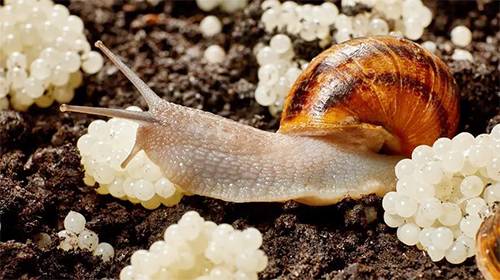
I turned to my phone for answers, and within minutes of searching, the truth appeared before me: they were snail eggs. Gardeners online had posted countless pictures identical to what I had found. I learned that snails, both garden and invasive species, lay clusters of soft, white eggs in moist soil. A single snail can produce up to 100 eggs at once, and in damp conditions, they hatch in just a couple of weeks.
What seemed like a harmless discovery suddenly became a problem. Snails can quickly overrun a garden, devouring young plants, flowers, and vegetables. Left unchecked, their population can explode almost overnight, turning a thriving garden into a chewed-up wasteland.
The hidden danger of snail eggs
While most common garden snails are simply pests, some tropical species—like the giant African land snail—can carry parasites harmful to humans and pets. These parasites are linked to diseases such as rat lungworm, which affects the brain and nervous system. Although rare in temperate climates, the risk is enough to make any gardener wary.
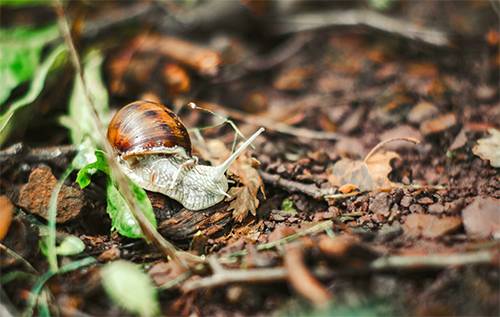
I felt uneasy knowing that the strange jelly-like eggs in my yard might not just threaten my plants but also my health. It was clear that I couldn’t just leave them there.
How I got rid of them safely
Armed with new knowledge, I returned to the garden to take action. Following the advice of experienced gardeners, I collected every visible cluster of eggs and poured boiling water over them. This method ensures the eggs are destroyed without harming the surrounding soil or plants.
Afterward, I turned the soil, checked under pots, and examined damp spots beneath leaves—favorite hiding places for snails to lay eggs. I found a few more clusters, which I promptly removed. From then on, I made it a habit to inspect my garden regularly, especially after heavy rains when snails are most active.
How to prevent snail infestations
Preventing snails from laying eggs in your garden is easier than dealing with them after the fact. Here are a few helpful tips I picked up:
- Keep the soil dry when possible. Snails thrive in moisture, so avoid overwatering and ensure good drainage.
- Remove hiding spots. Clear away fallen leaves, debris, and stones where snails could shelter.
- Use natural deterrents. Crushed eggshells, coffee grounds, and diatomaceous earth sprinkled around plants can discourage snails.
- Introduce natural predators. Creatures like frogs, toads, and certain beetles help keep snail populations under control.
- Regularly inspect your garden. Early detection of eggs can prevent a major outbreak.
Nature’s surprises can be unsettling
What began as a calm afternoon in the garden turned into a lesson in how unexpectedly strange nature can be. Those tiny white balls, once thought to be harmless, were a reminder that even the most peaceful environments hold hidden surprises. Now, every time I see something shiny or round in the dirt, I take a closer look before touching it.
Gardening has taught me many things over the years, but this experience stands out the most—it’s a reminder that curiosity, caution, and a bit of research can go a long way in keeping both your garden and yourself safe.

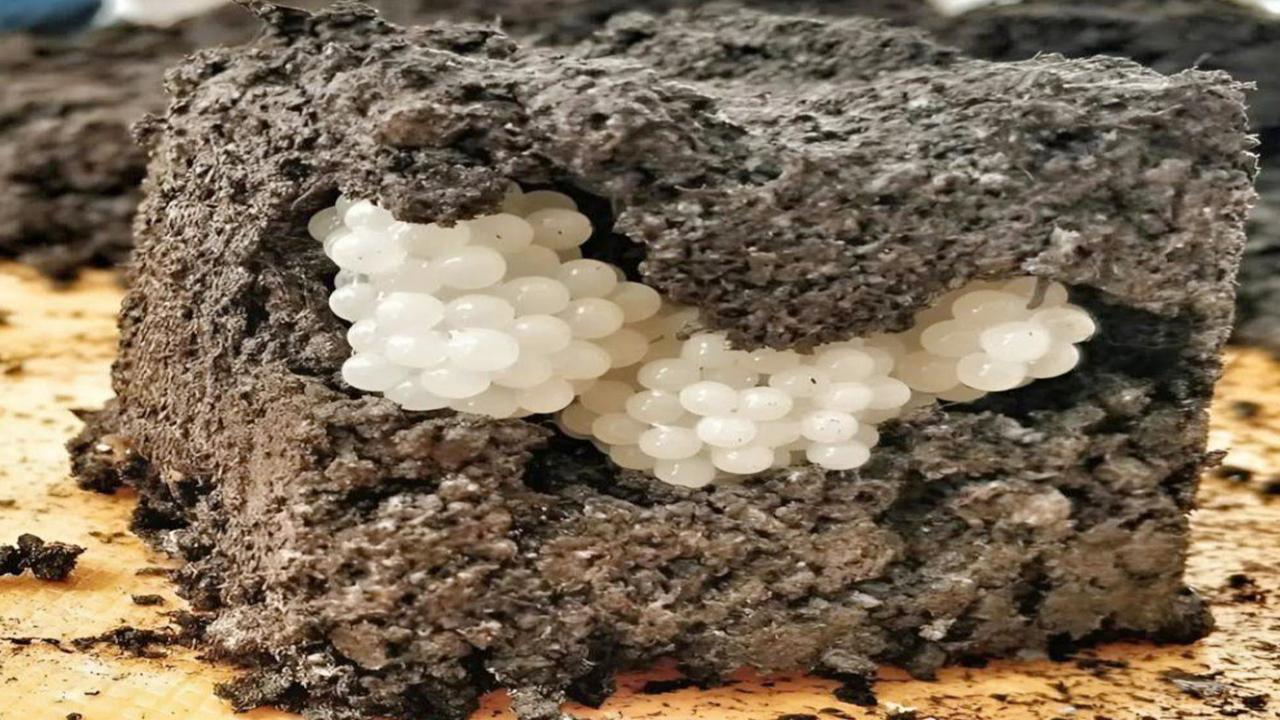

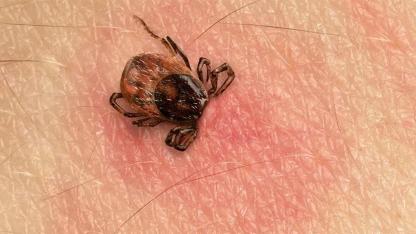

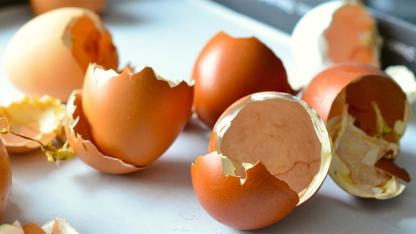
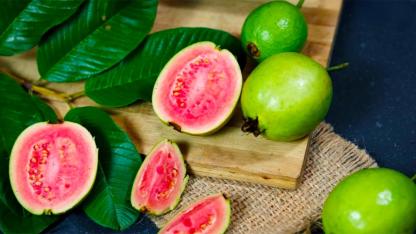

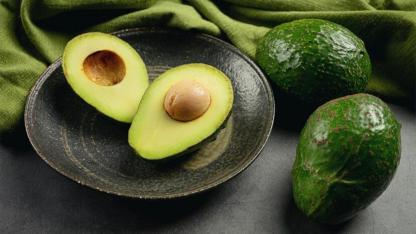
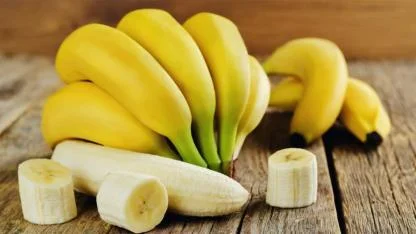
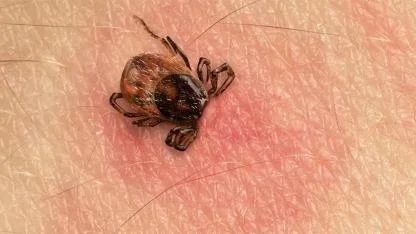

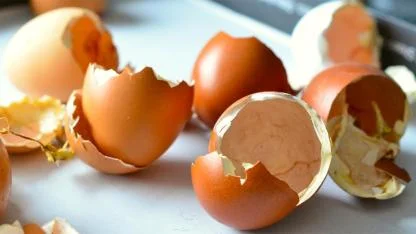

Yorumlar
Kalan Karakter: